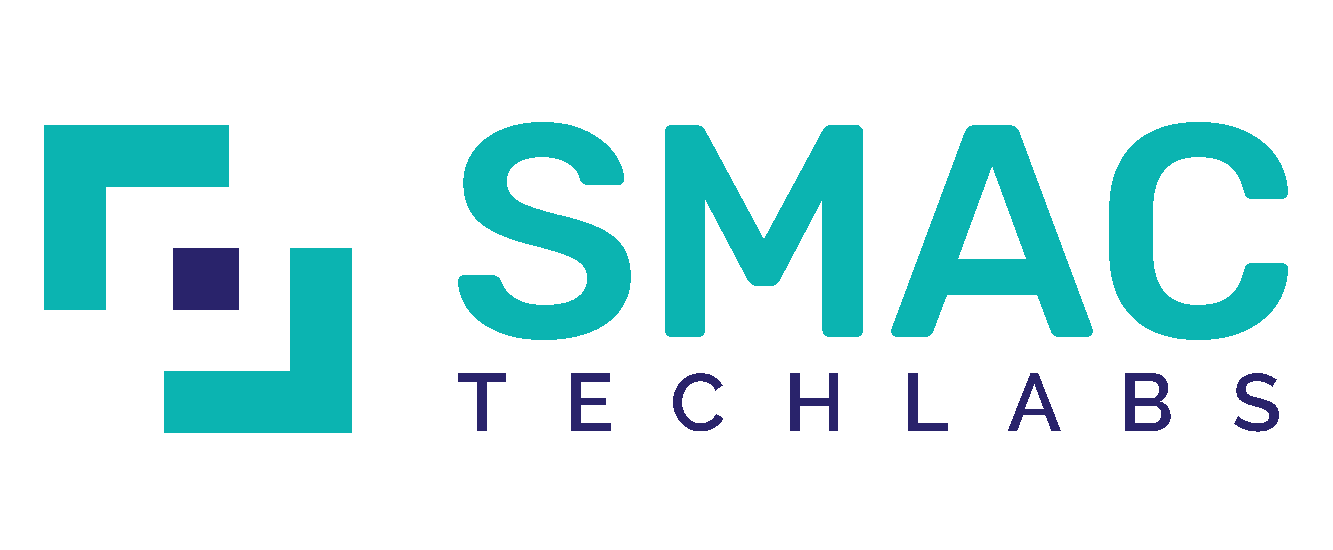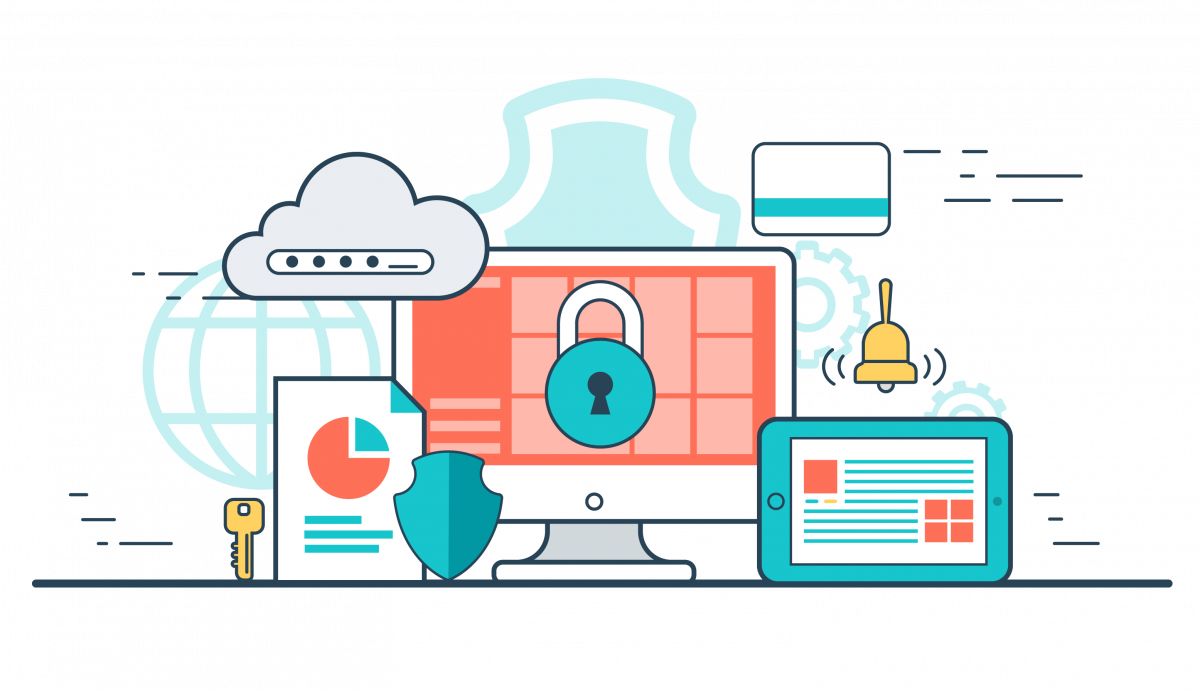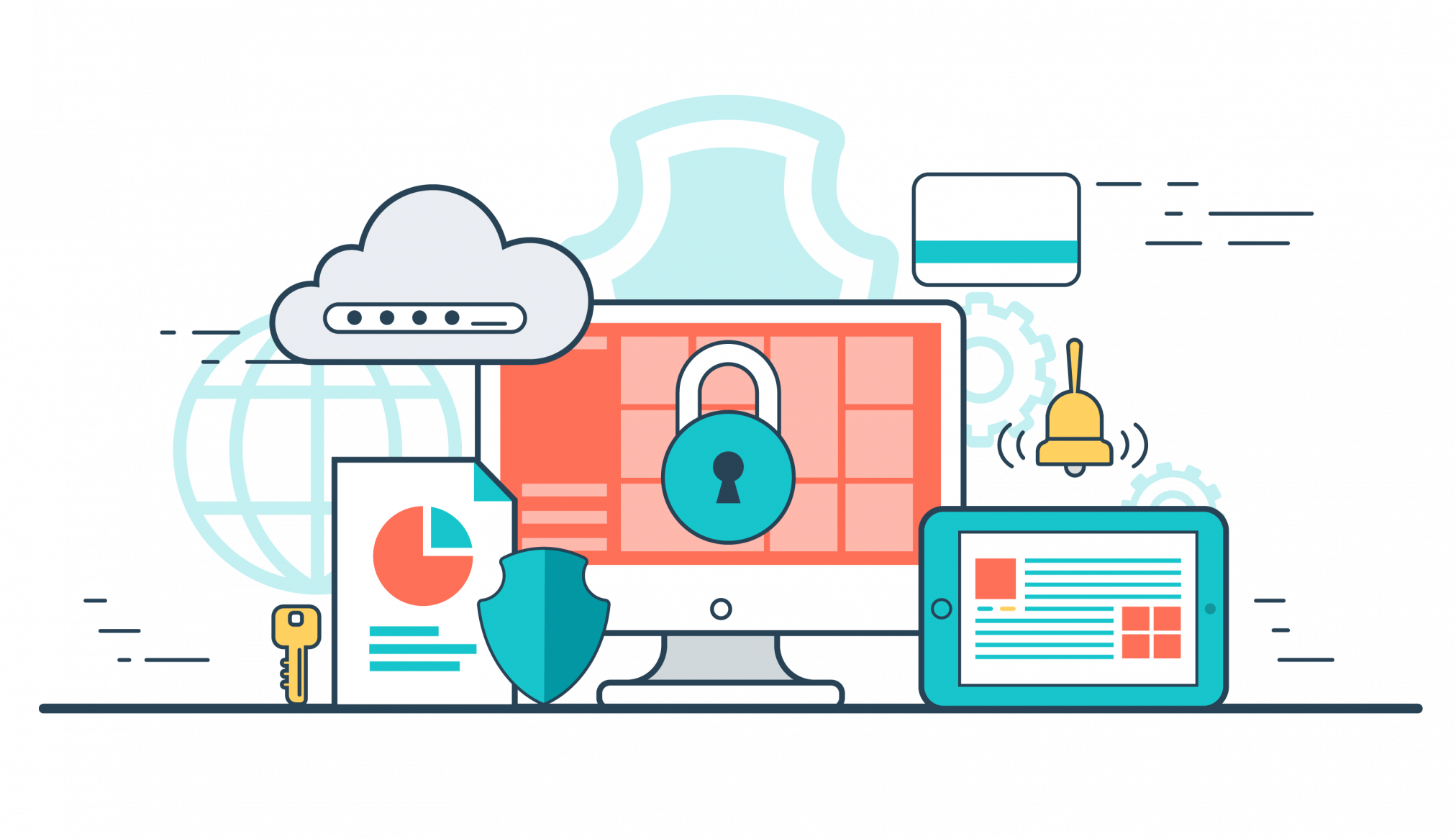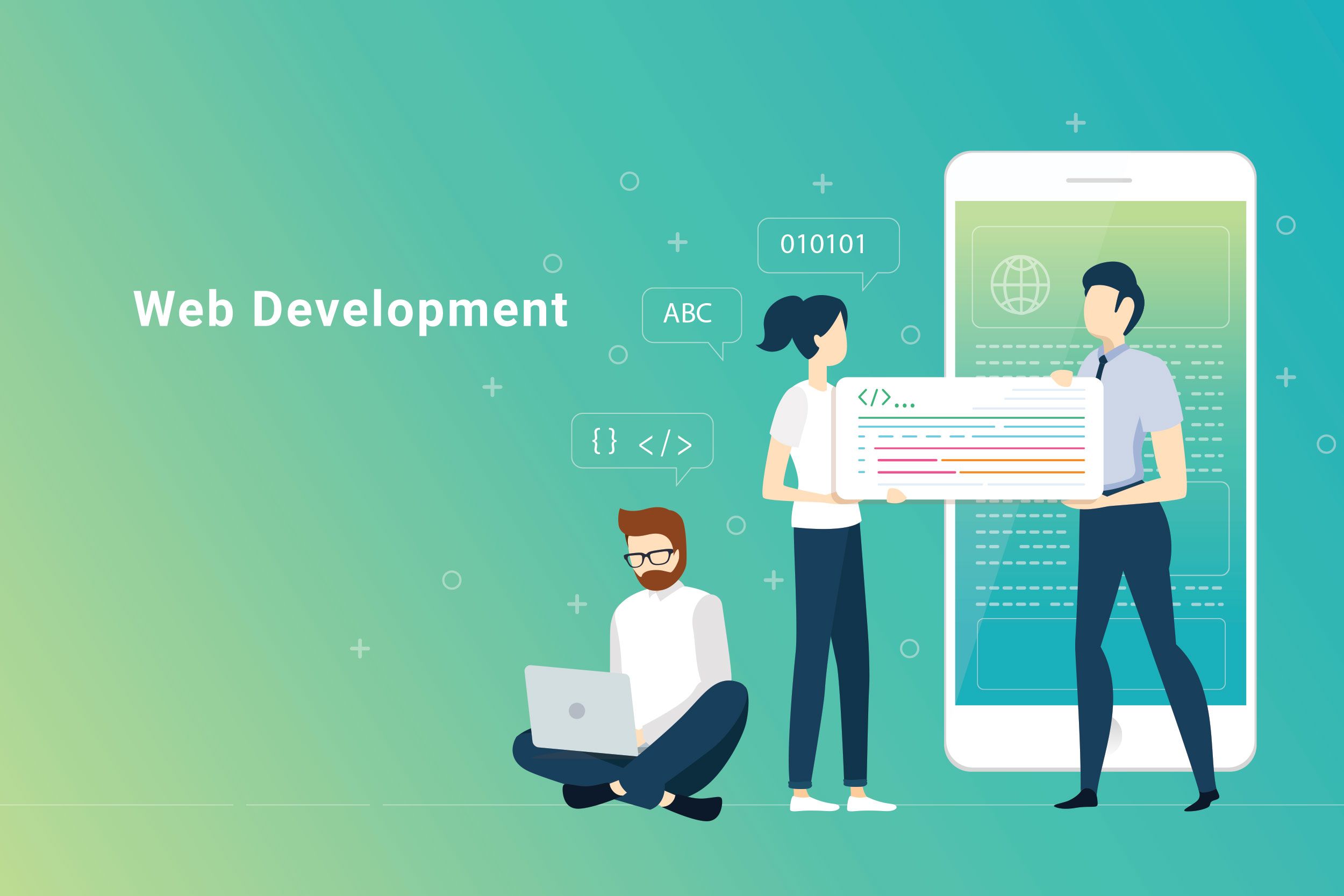
Opting a Learning Management System: 5 Key takeaways
Using analytical data and reporting, learning management systems were created to define training and learning differences. LMSs are mostly used for online learning, but they can also be used for a variety of other purposes, such as serving as a portal for online content, such as asynchronous and synchronous courses.
SMAC Tech Labs will assist you in selecting the appropriate LMS as well as the prerequisites for the success of your web-based training method. Furthermore, it’s all too easy to get overwhelmed by the numerous options available when looking for a new LMS. In any case, you’ll find the simple and straightforward techniques to assist you in having the best LMS for your business with these 5 stages to picking an LMS.
Step 1: Determine who you want to reach.
Regardless of whether you’re a first-time LMS user or looking for a replacement for your current LMS, figure out exactly what you expect from your LMS and who your learning content is aimed at right away.
You’ll need an LMS to formulate learning forms, such as an understudy course audit, and develop understudy learning capacities if you’re planning your understudies. If online learning is your focus, you’ll need a learning management system (LMS) that makes it easy to complete, maintain, and monitor learning. Since understudies and instructors who complete preparing have a more in-depth understanding of the item or administration, understudy training delivered through an LMS enhances onboarding, builds maintenance, and opens doors for up-offering.
It will clarify the basic components you need within your new stage once you’ve identified your planning crowds and analyzed what you need from your new LMS.
Step 2: Concentrate on main features.
After you’ve identified your audience, the next step is to decide which LMS highlights you really must have vs which LMS highlights you’d like to have.
There are numerous basic LMSs available, but your LMS must support your “must-have” features in order to be fit for purpose. The definition of basic highlights will vary from business to business depending on what you want to get out of your training. Here are a few examples of significant LMS highlights:
- Convenience
- Revealing
- Reconciliations
- SCORM And XAPI Consistent
- Client Experience
While it’s critical to set up the features that will help you achieve your item goals, it’s also critical to discern which features you don’t need to bother with. A component-rich arrangement adds more complexity to each project and can cause the LMS to be more lumbering than necessary.
Step 3: Gauge each LMS
The selection process should be more sensible now that you’ve identified your preparation crowd and established the need for an LMS.
Begin by conducting an initial round of high-level research to identify structures that appear to satisfy both your training crowd and highlights list requirements. This will become your LMS’s longlist.
After you’ve placed your order, you’ll be able to evaluate each person to see whether they should be administered in or out of the next step of testing. The most effective way to evaluate the LMS shortlist is to schedule a 15-minute call with a Business Development Representative for each of the frameworks you’re considering.
After you’ve placed your order, you’ll be able to assess each person to determine if they should be included in the next round of testing or not. Schedule a 15-minute call with a Business Development Representative for each of the systems you’re considering to review the LMS shortlist.
Step 4: Envision the LMS
Investigate each LMS merchant on your waitlist on the internet to learn as much as possible about them. Online audits ensure that you get a bird’s-eye view of the complex aspects of your potential new LMS stage from the perspective of their clients.
When you’re satisfied with the organization’s reputation, peer reviews, and support services, sign up for a free trial and demo to see the LMS in action and see if it can reach the audience and highlight requirements. During your free trial, you can also contact and send support passes to SMAC Tech labs to assess our advanced group’s responsiveness and awareness.
Step 5: Selecting an LMS
It’s also a good idea to share your official decision with your partners and all partners and to solicit feedback to ensure that everyone is happy with your decision.
Is it true that you’re looking for a new LMS or modifying your existing one? Consider some main elements to which you’re paying particular attention.
SMAC Tech Labs is happy to collaborate with you in order to determine the best LMS solution for your school or organization.
CATEGORIES
- SEO (6)
- Social Media (3)
- Web Development (14)






